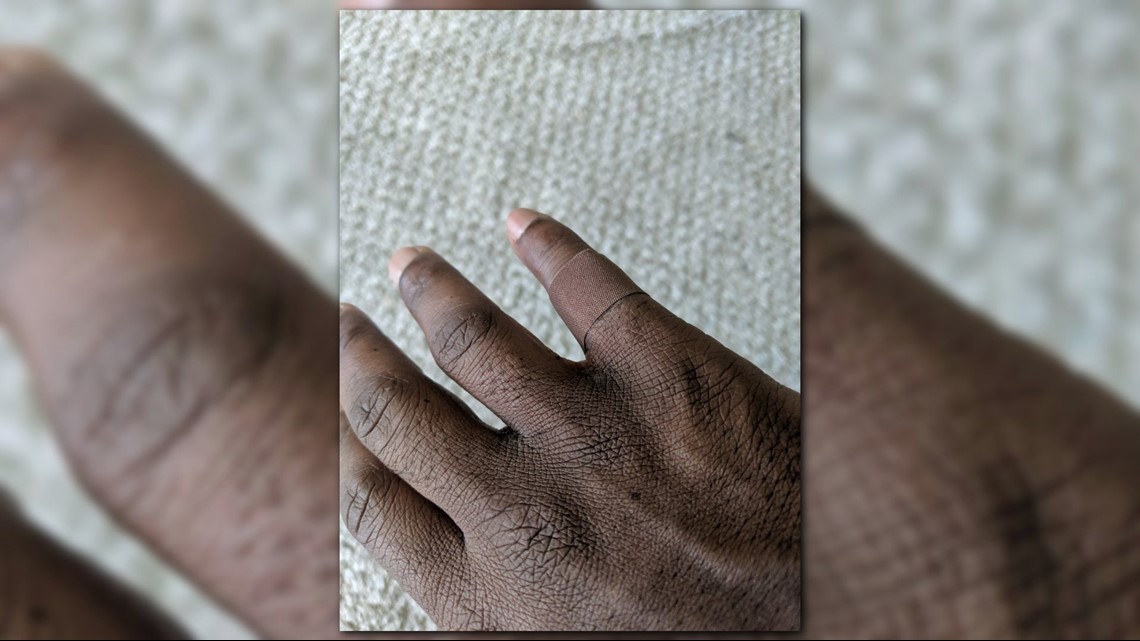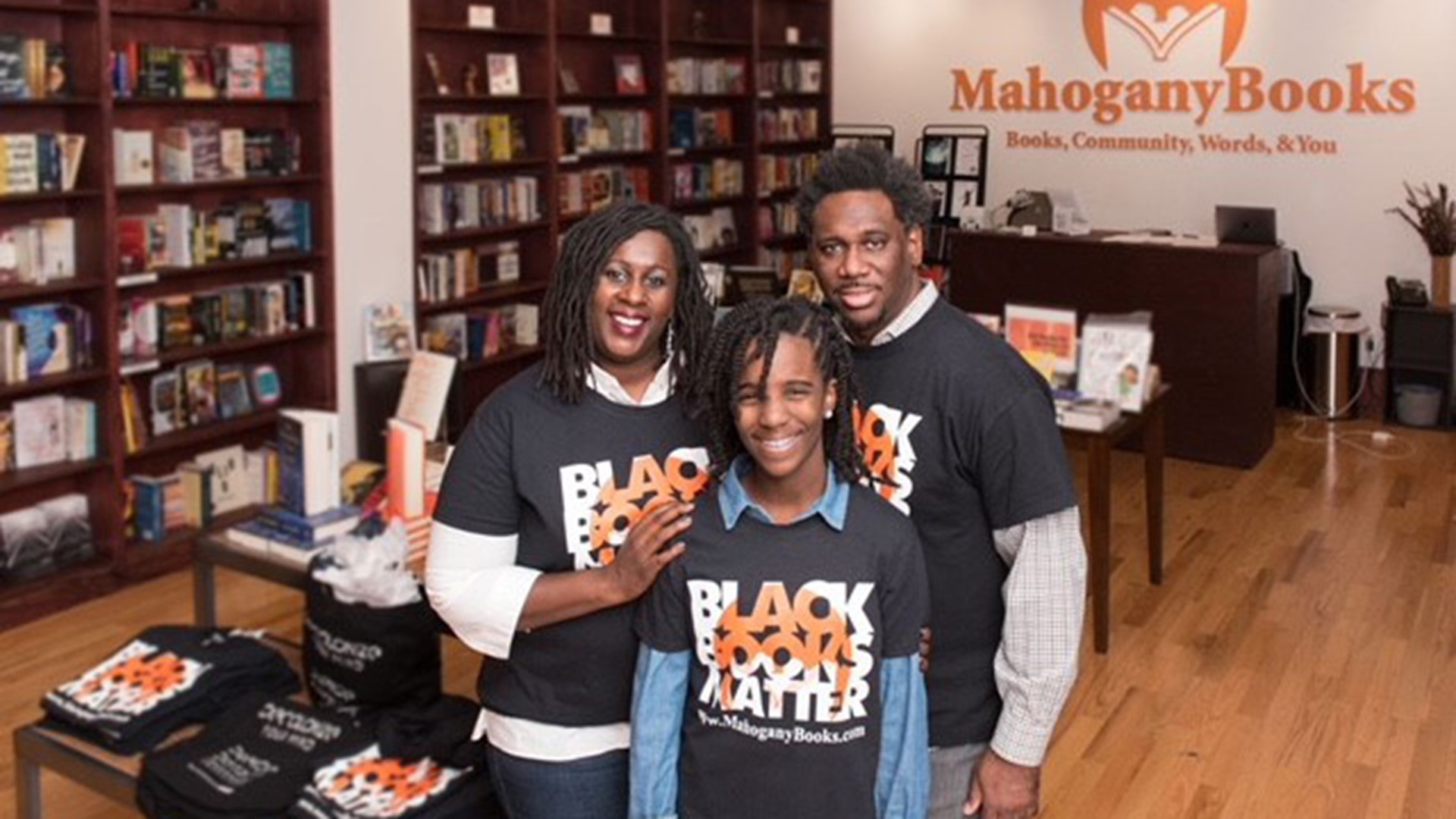One man's tweet about an adhesive bandage he used for a cut on his finger has expanded into a discussion about wounds of a different variety.
On April 19, Dominique Apollon posted two photos of his hand with a small bandage on his finger after he cut himself. The bandage matched his skin tone and blended in seamlessly, something Apollon said had never happened before.
"It's taken me 45 trips around the sun, but for the first time in my life I know what it feels like to have a "band-aid" in my own skin tone. You can barely even spot it in the first image. For real I'm holding back tears," he wrote.
Apollon, vice president of the racial justice organization Race Forward, followed up the initial tweet with a thread explaining why the moment was so meaningful.
"This felt like belonging. Like being valued," he wrote.
The 45-year-old also wrote about how it made him sad that it took him so long to feel this way.
Hundreds of thousands of people reacted to Apollon's sentiment. His post was retweeted over 100,000 times and triggered more than 3,000 replies.
The maker of the bandages, Tru-Colour Bandages, which sells bandages in a range of skin tones, responded to the tweet and its subsequent support for inclusive products.
"With the attention it’s gained in the last 48hrs, It’s be [sic] so exciting to read the discussion and see #diversityinhealing being shared!" Tru-Colour posted.
Many of those who commented echoed Apollon's experience of feeling similarly excluded by the lack of colors offered in other products meant to match skin tones, like makeup or undergarments.


The lack of diverse options is part of a "long term disregard that is common for a lot of black folks," said Apollon.
Apollon also wrote a response to the tweet in the African-American news outlet The Root further explaining the significance of the moment.
"The products—or absence thereof—are just symbols of a far broader exclusion, the deeper wound reflected in our collective experience of racism and its manifestations in our everyday lives," Apollon wrote.
He emphasized that the moment was much more than the color of the bandage.
"It was a powerful symbol of belonging," he told HeartThreads.

